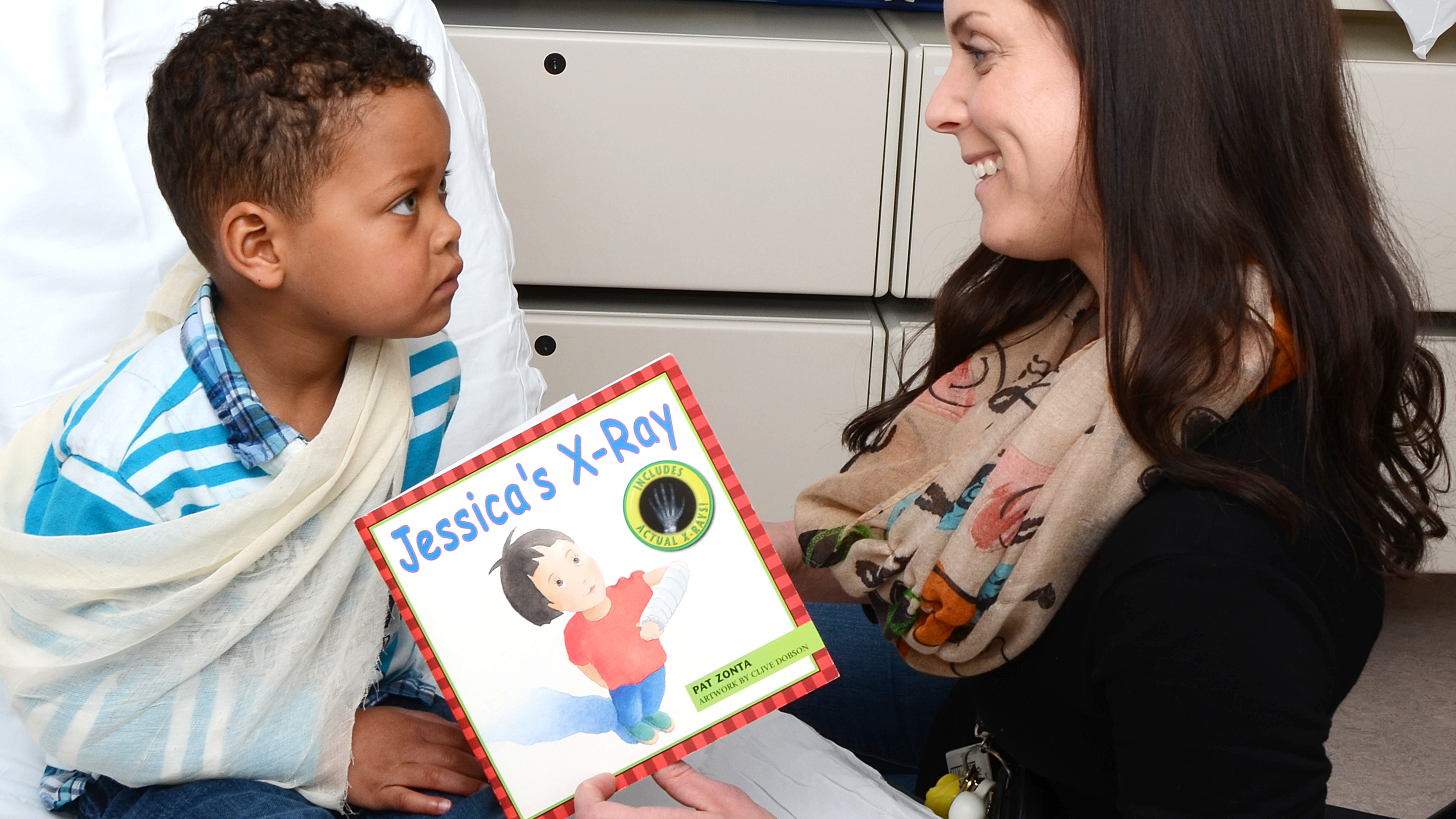|
Bleeding to ease the pain: cutting, self-injury, and the adolescent search for self / Plante, Lori G.
|
|
Lanham: Rowman & Littlefield Publishers, 2010.
This book features the stories of self-injurers and helps readers understand this troubling trend, the meaning of the injuries, and how to help teens with their struggles. The author explains in clear detail how cutters and the adults who love them can heal the pain and stop self-injury.
|
| Cover up: understanding self-harm / Freeman, Joan. |
|
Dublin: Veritas, 2010.
A guide for parents, teachers, therapists or anyone who lives with, supports or provides therapy for people who self-harm.
|
| Cutting: understanding and overcoming self-mutilation / Levenkron, Steven. |
|
New York: Norton, 1998.
Gives insight to those who don't understand what self-mutilation is. Comprehensive. Geared towards those who are witness rather than those going through it.
|
| Cutting it out: a journey through psychotherapy and self-harm / Smith, Carolyn. |
|
London: Jessica Kingsley Publishers, 2006.
Explores what drives someone to harm themselves and the struggles encountered in the therapeutic process. Appeals to therapists, counselors, people who self-harm, as well as their families and friends.
|
| Freedom from self-harm: overcoming self-injury with skills from DBT and other treatments / Gratz, Kim L.; Chapman, Alexander L. |
|
Oakland, CA: New Harbinger Publication, 2009.
This complete guide to stopping self-injury gives you the facts about self-harm, corrects common myths about this behavior, and provides self-soothing techniques you can begin using right away for regulating difficult or overwhelming emotions. This book also includes self-assessment worksheets, guidance for seeking professional help, and information about the most effective therapies and medications.
|
|
The hair pulling "habit": how to solve the trichotillomania puzzle / Golomb, Ruth Goldfinger.
|
|
Silver Springs, MD: Writers' Cooperative of Greater Washington, 2000.
A guide for kids and teens, parents and therapists about trichotillomania, a treatment plan and powerful strategies to help people resist the urge to pull their hair.
|
| Helping teens who cut: understanding and ending self-injury / Hollander, Michael. |
|
New York: The Guilford Press, 2008.
This book demonstrates how to talk to your teen about cutting without making it worse, and explains exactly what to look for in a therapist or treatment program. The author provides concrete ways to help your son or daughter cope with extreme emotions without resorting to self-injury. You will also learn practical communication and problem-solving skills that can reduce family stress, making it easier to care for yourself and your teen during the recovery process.
|
| Life after self-harm: a guide to the future / Schmidt, Ulrike. |
|
Hove, East Sussex: Brunner-Routledge, 2004.
This book is written for individuals who have harmed themselves. It is based on a program that has been used and tested by professionals. It includes many case histories. Appropriate for adolescents and adults.
|
| The parent's guide to self-harm: what parents need to know / Smith, Dr. Jane. |
|
Oxford: Lion, 2012.
Answers are presented to parents and caregivers to help understand and cope with the young people who turn to self-harm in order to cope with the pressures of modern living.
|
|
Stopping the pain: a workbook for teens who cut & self-injure / Shapiro, Lawrence E.
|
|
Oakland, CA: Instant Help Books, 2008.
The exercises in this book will help you explore why you self-injure and give you lots of ideas how you can stop. It will help you learn new skills for dealing with issues in your life, reduce your stress, and reach out to others when you need to.
|
| When your child is cutting: a parent's guide to helping children overcome self-injury / McVey-Noble, Merry E. |
|
Oakland, CA: New Harbinger Publications, Inc. 2006.
Provides information and advice about why self-injury occurs and how to identify it, how to communicate effectively with your child, how to choose the best professional help and how to support the child's recovery.
|





